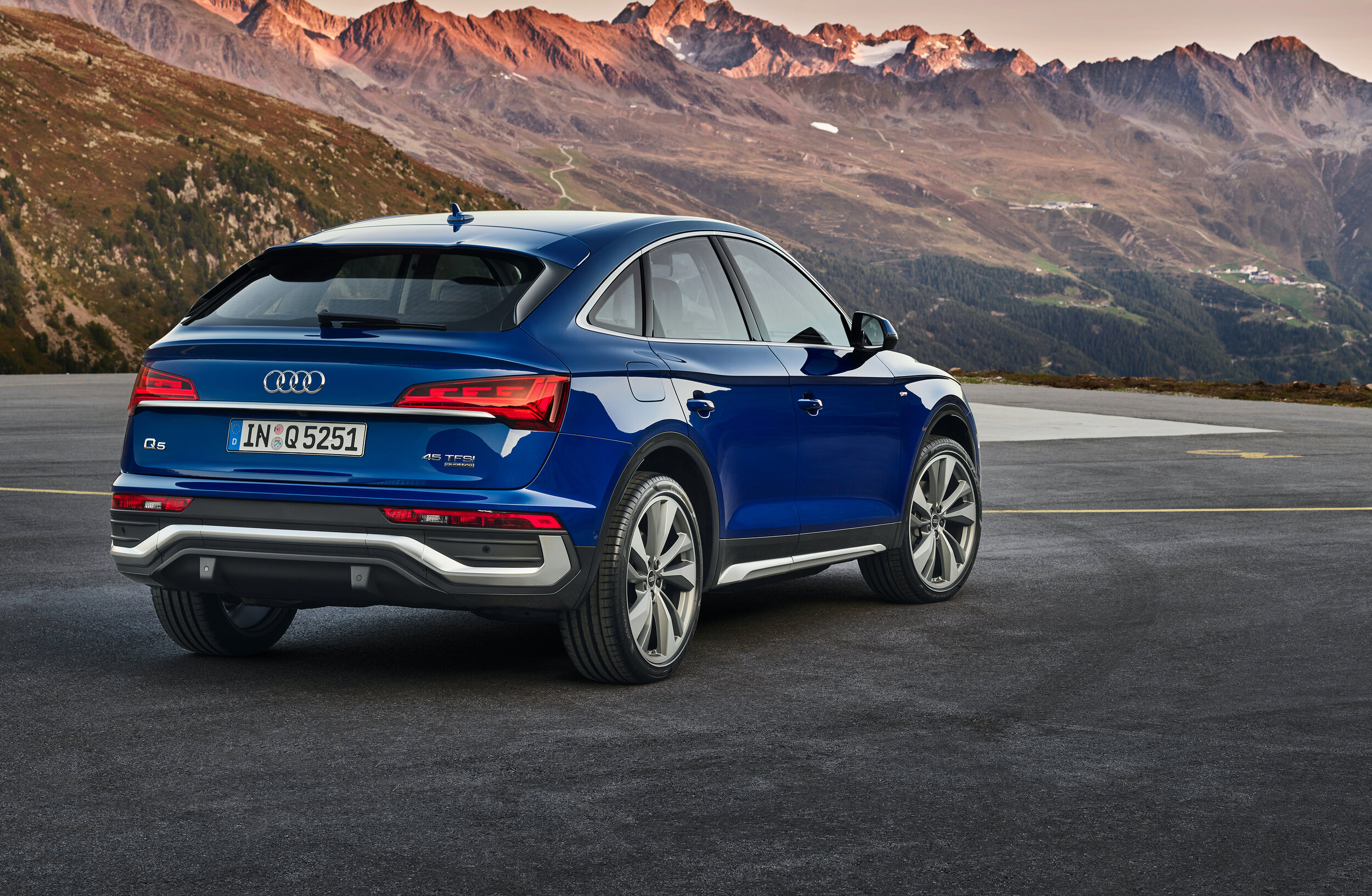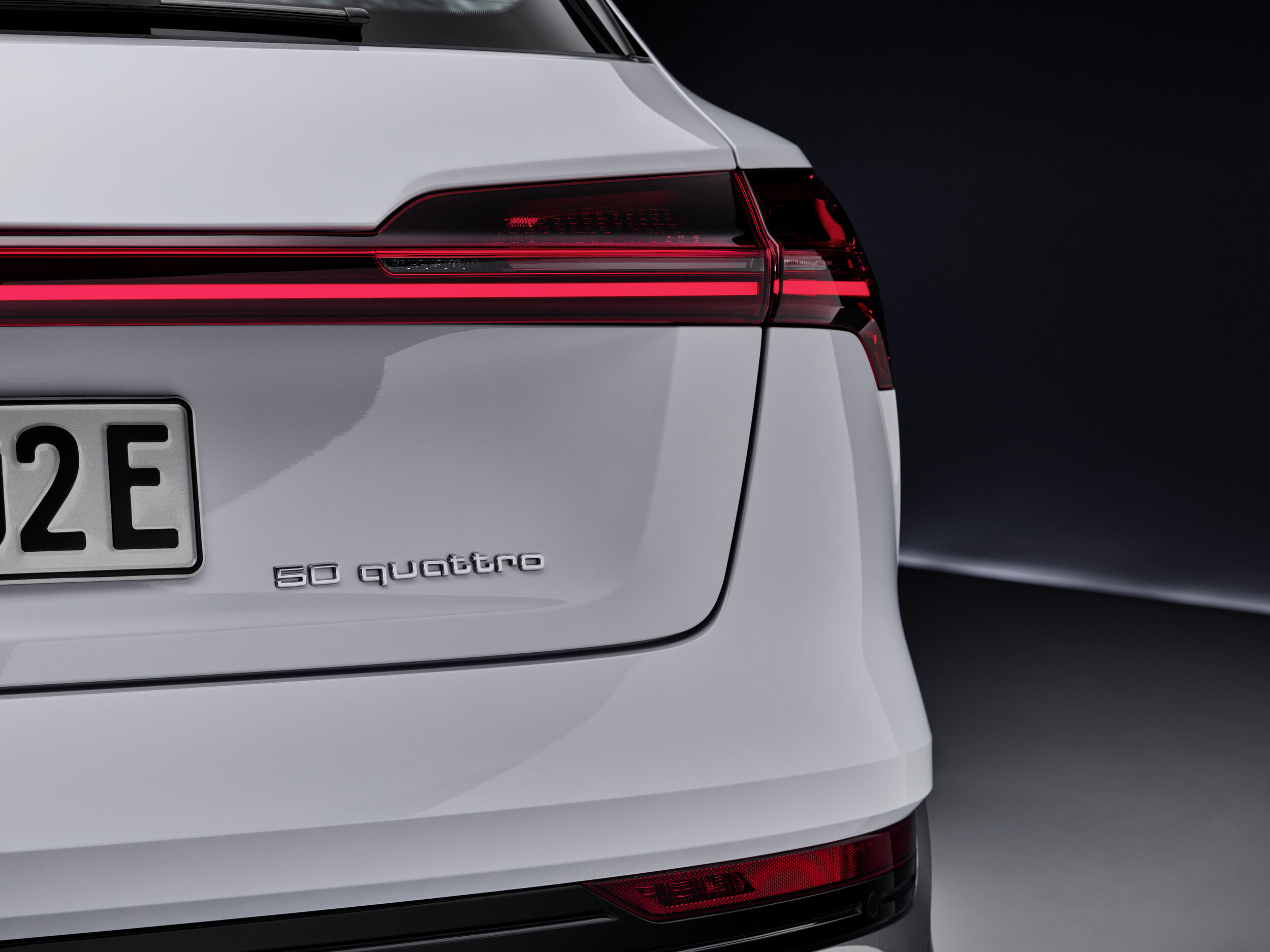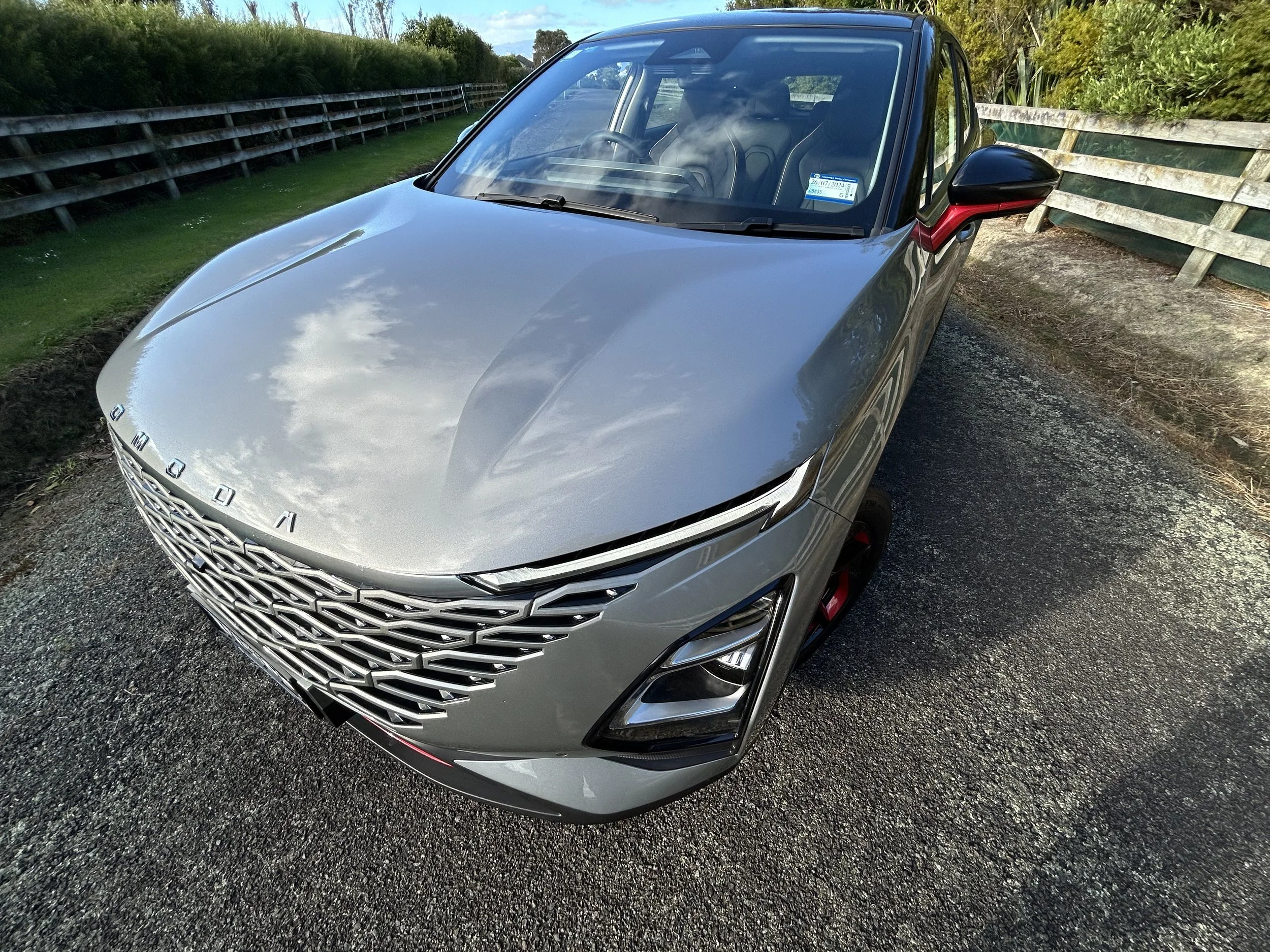Q5 latest to join Audi coupe club
/A more rakish body styling for the Q5 is coming.
PLENTY of time to consider the specification and colour choice you prefer for the new Sportback edition Audi Q5 – this coupe sibling to the well-established sports utility model is still a year away from New Zealand release.
Unveiled by Germany at the weekend, this is the third Audi SUV to receive a coupe-style look, following the Q3 – which released here earlier in the year and is doing well – and the e-tron, which is just weeks from becoming available locally.
Audi New Zealand has confirmed it will achieve the Q5 Sportback, but from late 2021. By then the engine choice will have assuredly broadened from the launch provision for Europe.
The headline act there is a 150kW/400Nm 2.0-litre four-cylinder turbodiesel, with a mild hybrid system to enhance efficiency and in marriage to a seven-speed dual clutch transmission.
This will be later joined by an entry-level version of the TDI diesel engine making 120kW. This is the sole front-drive edition.
Also in the wings, but not for immediate provision, are a 3.0-litre V6 TDI engine making 210kW and two four-cylinder 2.0-litre TFSI petrol engines, one producing 150kW, the other making 195kW.
Eventually – and perhaps this will time in nicely for our market - plug-in hybrid powertrains will also be offered across two output variants, as well as an SQ5 Sportback performance variant.
Customers have the choice of Audi’s standard steel spring suspension or a sports suspension, with adaptive air suspension available as an option, allowing the ride height to be adjusted over a range of 60mm. A towing rate of 2.4 tonnes has been suggested.
Styling cues and equipment levels don’t wholly tie to the SUV. Sportbacks gain a new honeycomb grille reminiscent of Audi’s RS cars, plus new air intakes at the front, the option of 21-inch Sportback-specific wheels. Patently, the shoulder line from the B-pillar onwards is all new. The tail-lights are OLED.
The Sportback adds 7mm to the length of the Q5 SUV, bringing the total length to 4.69 metres, but the overall height and width are common.
The boot boasts a capacity of 510 litres, which can be improved to 1480L with the rear seats folded.
The has an ambient light package, the 10.3-inch infotainment system features a new split-screen capability and a reworked version of the menu available on the Q5 SUV.
It’s joined by a second 12.3-inch digital driver’s display, or “virtual cockpit”, and a head-up display.




















































